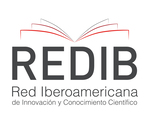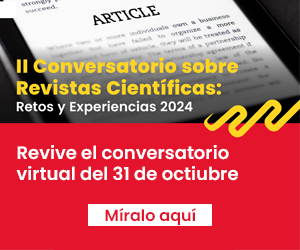Toxocara canis infection and its importance in animal and public health: a review
DOI:
https://doi.org/10.20453/stv.v11i2.5134Keywords:
Toxocara canis, toxocariasis, dogs, emerging parasitosis, zoonosisAbstract
The Toxocara canis parasite represents a worldwide public health problem. This agent is an ascarid that, in its adult stage, lives in the small intestine of the domestic dog and several wild canids; it presents a complex biological cycle that ensures its transmission and permanence in the hosts it affects; in its intestinal phase, it causes mechanical, irritative and obstructive action, interfering in the transit and digestion of food. Toxocariasis affects young dogs and cats; it produces respiratory signs (cough due to migration of pulmonary larvae), growth retardation (emaciation, weakening of the coat and arthralgia) and intestinal disorders (alternating diarrhea and constipation, abdominal bulging, and vomiting). More intense prenatal infections in puppies can lead to severe disease with alternating diarrhea and constipation, vomiting, typical "pot belly," reduced growth with cachexia, poor coat and, in some cases, death. It has been reported to be present in public park soils, where it contaminates the environment and becomes a source of infection for people. In dog infections, especially strays, nematodes are an important epidemic factor. Regarding human infection, the process tends to become a chronic condition with a broad spectrum of clinical manifestations, from an asymptomatic course to characteristic forms of clinical presentations, such as visceral, ocular, neurological, and covert larva migrans. Regarding control and prevention, health education should be considered to modify the risk practices of pet owners and the community.
Downloads
Downloads
Published
How to Cite
Issue
Section
License
All articles published in Salud y Tecnología Veterinaria are under a Creative Commons Reconocimiento 4.0 International license.
The authors retain the copyright and grant the journal the right of first publication, with the work registered with the Creative Commons License, which allows third parties to use what is published whenever they mention the authorship of the work, and to the first publication in this magazine.
Authors can make other independent and additional contractual agreements for the non-exclusive distribution of the version published in this journal, provided they clearly indicate that the work was published in this journal.
The authors can file in the repository of their institution:
The research work or thesis of degree from which the published article derives.
The pre-print version: the version prior to peer review.
The Post-print version: final version after peer review.
The definitive version or final version created by the publisher for publication.












